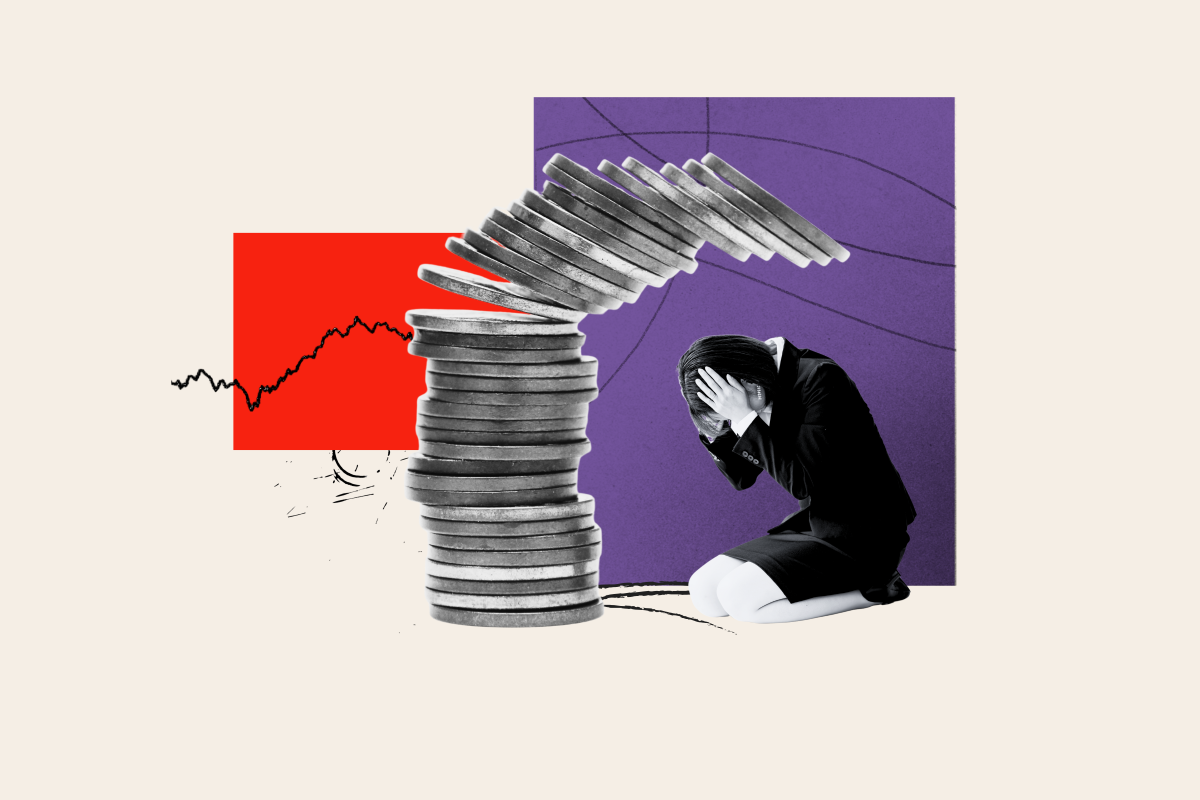
The gender pay gap in the United States is moving in the wrong direction, according to the latest figures from the Census Bureau.
The data, released earlier this month, shows that while men’s earnings have increased between 2023 and 2024, women’s earnings have remained largely unchanged, causing the female-to-male earnings ratio to drop for the second year in a row.
Among full-time, year-round workers, median earnings for men rose by 3.7 percent between 2023 and 2024; however, women’s earnings showed no significant change over the same period. The female-to-male earnings ratio—which compares median earnings of women to men working full-time, year-round—fell to 80.9 percent in 2024 from 82.7 percent in 2023.
The wage gap persists because of systemic, discriminatory barriers, including the overrepresentation of women in low-wage work, and the lack of workplace policies to support workers’ caregiving needs,” Jocelyn Frye, president of the National Partnership for Women & Families (NPFW), wrote in a statement responding to the census data. “It is long past time for our nation to finally ensure that every woman is paid what she is due.”
Why Is There A Gender Pay Gap?
The gender pay gap in the United States is shaped by a mix of structural, social, and economic factors—not simply because women are paid less in dollar amount. Women are more concentrated in lower-paying fields, such as education and administrative work, while men dominate higher-paying industries, including tech and finance. Caregiving responsibilities often lead women to reduce hours or pause careers, limiting promotions and long-term earnings growth. Barriers to advancement, bias in pay negotiations, and the “motherhood penalty” further widen the gap. Over time, even small disparities compound, leaving women with significantly lower lifetime earnings.
“Men and women work in different occupations, and many of the professions where women are concentrated tend to have lower earnings,” Samantha Trajkovski, professor of economics at Saint Michael’s College in Vermont, told Newsweek. “Historically, women are more likely to work in education, office and administrative support, and legal, arts, or media fields, which have lower earnings compared to business and finance operations, sales, and management positions.”
Even as women have in recent decades entered more traditionally male-dominated professions like law and medicine, Trajkovski said setbacks remain.
“Women are still facing challenges getting promotions in these fields,” she explained. “Part of the promotion issue is driven by women wanting to maintain more flexibility in their schedules. Women are typically the ‘on-call parent’ for children and often take on eldercare responsibilities. Balancing both generations takes a toll on their schedules and limits career advancement.”
Beyond structural workplace barriers, women have reported higher pressures at home, and are traditionally likely to feel more pressure to take on domestic roles and child rearing. According to a Pew Research Center findings from March this year, about half of employed women—48 percent—say they feel significant pressure to focus on home responsibilities, compared with 35 percent of men. Among working mothers with children under 18, two-thirds reported feeling this pressure, versus 45 percent of working fathers.
The so-called “motherhood penalty” further compounds the gap. Women often experience earnings declines after having children, a consequence of limited paid family leave, lack of affordable childcare, and the pressure to prioritize family responsibilities.
Trajkovski said: “If you dive deeper in the earnings gap by age, we see that women’s earnings fall sharply compared to men around ages 35 to 44, which also coincides with when they are more likely to have a child under 18 at home.”
Lifetime Earnings
“This drop may look small, but it’s not,” said Bridget Lohrius, founder and CEO at SANDWINA, a career coaching platform for women, told Newsweek. “It translates into about $1,300 less per woman, per year—nearly $72 billion in lost wages across the U.S. economy. Over a 40-year career, that’s more than $50,000 gone for the average woman. Because the pay gap usually narrows by fractions of a percent each year, this one-year slide erased almost a decade of progress.”
Fran McKee-Ryan, professor of management at the University of Nevada, Reno, agreed.
“Wage gaps aggregate over time to affect lifetime earning potential. Career entrants who are underemployed, overqualified, or overeducated in their first positions do not make up these early salary deficits over the course of their employment lives,” she told Newsweek.
Cause For Concern?
Misty Heggeness, associate professor at the University of Kansas specializing in economics, workforce, and gender issues in the labor market, told Newsweek that a “two percentage point drop is not unheard of, but we should continue to monitor this, as it is highly likely that the gap increases even more with 2025 data given the federal government’s push for return-to-office policies, reduced flexibility, and workforce reductions,” which also disproportionately pushes women with “higher levels of education out of the labor market.”
The consecutive drop in the female-to-male earnings ratio signals a potential stall in progress toward closing the pay gap, Trajkovski said. “The drop in the earnings gap is certainly concerning. Most of the progress in narrowing the gender earnings gap came from the 1980s and 1990s. We’ve been stalling on progressing, so this could indicate a further stall or even a widening gap.”



